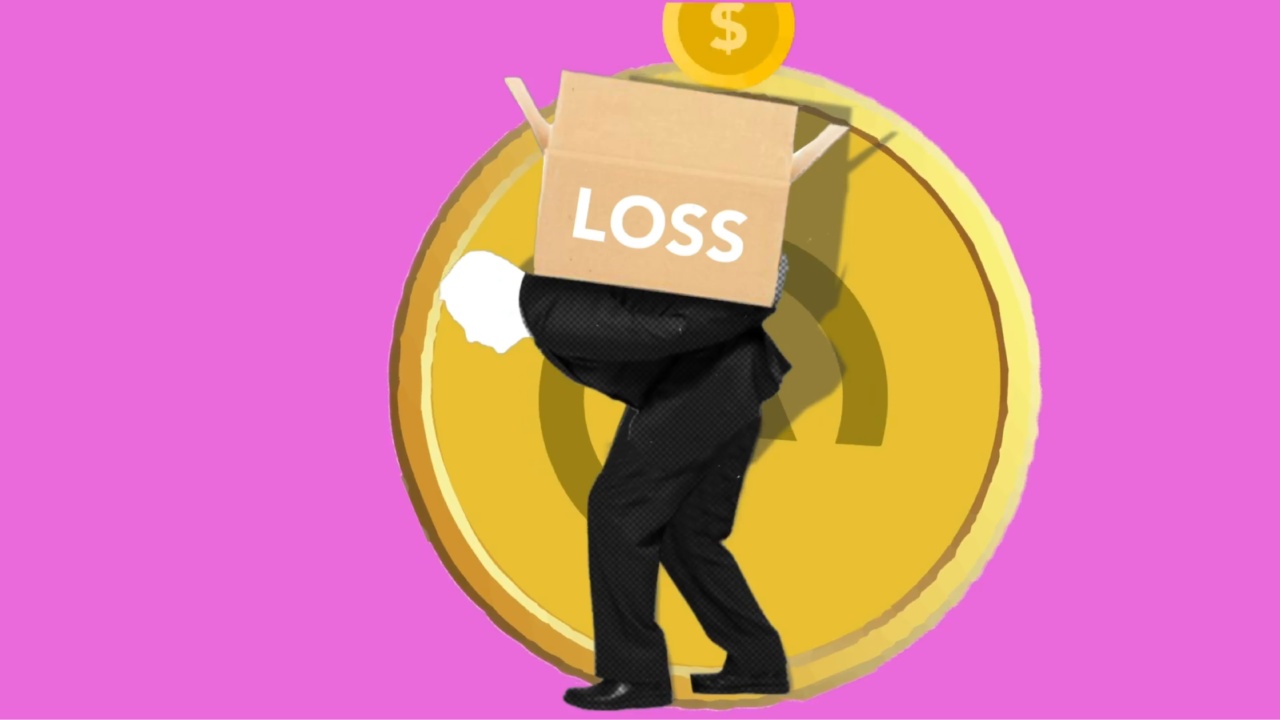Endometriosis is a condition in which the tissue that normally lines the inside of the uterus grows outside of it, causing pain and discomfort. It affects up to 10% of women of reproductive age, and can cause infertility.
However, recent studies have suggested that breastfeeding may decrease the risk of endometriosis. Here, we examine how much breastfeeding reduces the risk of endometriosis.
What is Endometriosis?
Endometriosis is a chronic condition that occurs when the tissue that usually grows inside the uterus grows in other parts of the body, such as the ovaries, fallopian tubes, and pelvic cavity. This tissue can cause inflammation, scarring, and pain.
The exact cause of endometriosis is not known, but it is thought to be related to hormonal imbalances and is more prevalent among women who have never been pregnant, have a family history of endometriosis, or have menstruated for the first time at an early age.
How is Endometriosis Diagnosed?
Diagnosing endometriosis can be difficult because the symptoms vary, and the condition does not always show up on imaging tests. The most common symptom of endometriosis is pelvic pain, especially during menstruation or sexual activity.
Other symptoms may include painful bowel movements, bloating, and fatigue. A definitive diagnosis can only be made through laparoscopic surgery, where a small instrument is inserted through a small incision in the abdomen to examine the pelvic organs.
How Much Does Breastfeeding Reduce the Risk of Endometriosis?
A recent study published in the journal Obstetrics & Gynecology found that breastfeeding may reduce the risk of endometriosis by up to 40%.
The study followed nearly 73,000 women for over two decades and found that women who breastfed for a total of 36 months or more had a significantly lower risk of developing endometriosis than those who did not breastfeed.
How Does Breastfeeding Reduce the Risk of Endometriosis?
It is not entirely clear how breastfeeding reduces the risk of endometriosis, but there are several theories. Breastfeeding reduces the levels of estrogen in the body, which may slow the growth of endometrial tissue.
Breastfeeding also suppresses ovulation, which can reduce the number of menstrual cycles a woman has over her lifetime. Fewer menstrual cycles may decrease the risk of developing endometriosis.
What About Women Who Cannot Breastfeed?
Not all women are able to breastfeed, whether due to medical reasons or personal choice. Fortunately, there are other ways to reduce the risk of endometriosis.
Maintaining a healthy diet and weight, avoiding alcohol and caffeine, and exercising regularly can all help regulate hormone levels and reduce inflammation.
Conclusion
Breastfeeding is a natural way to reduce the risk of endometriosis, particularly for women who breastfeed for 36 months or more.
Although the exact mechanism is not fully understood, the reduced levels of estrogen and reduced number of menstrual cycles are both thought to play a role. However, for the women who cannot breastfeed, there are other lifestyle changes they can make that may decrease the risk of endometriosis.































